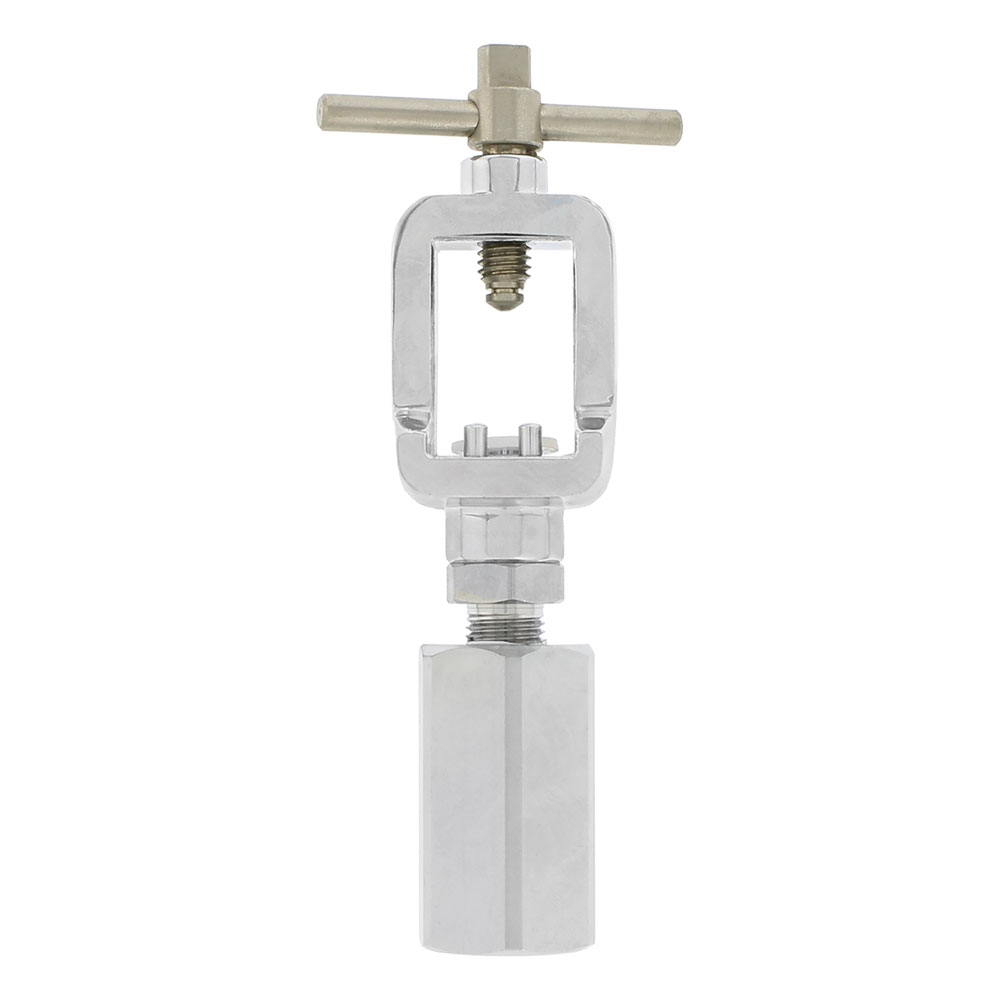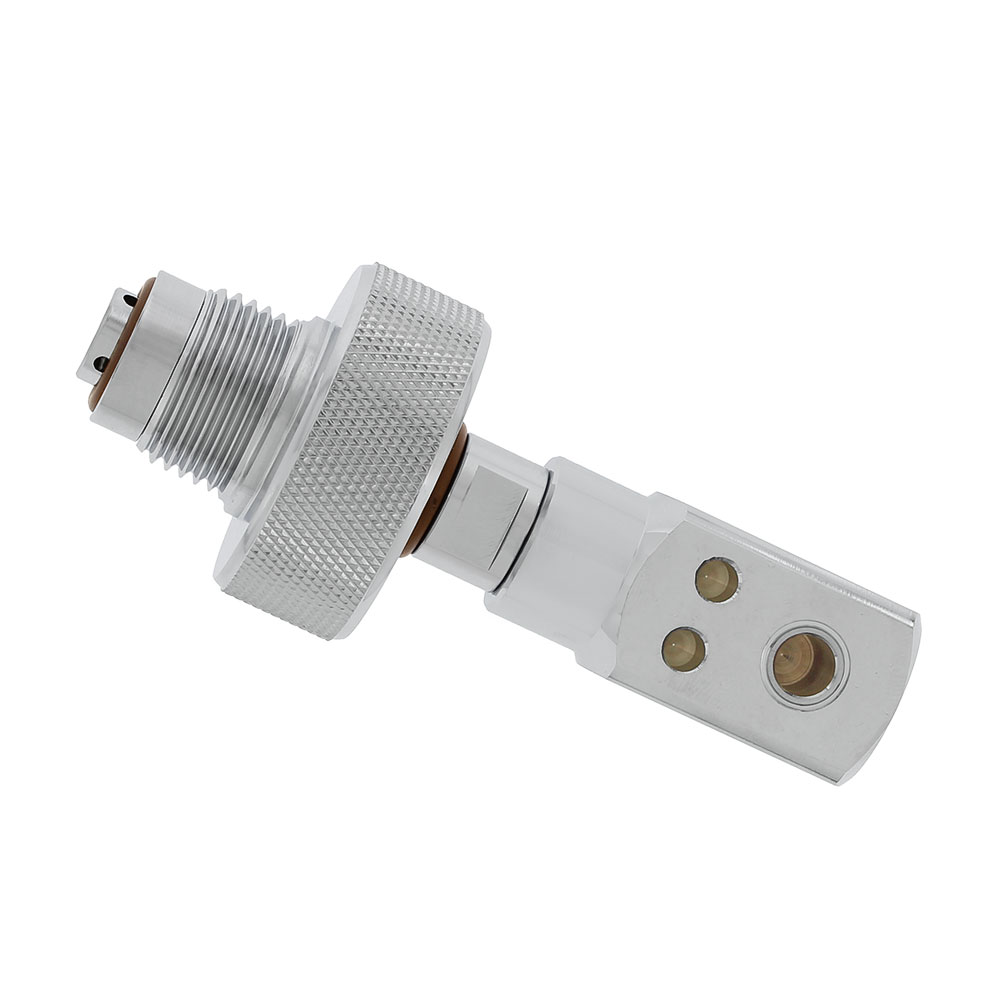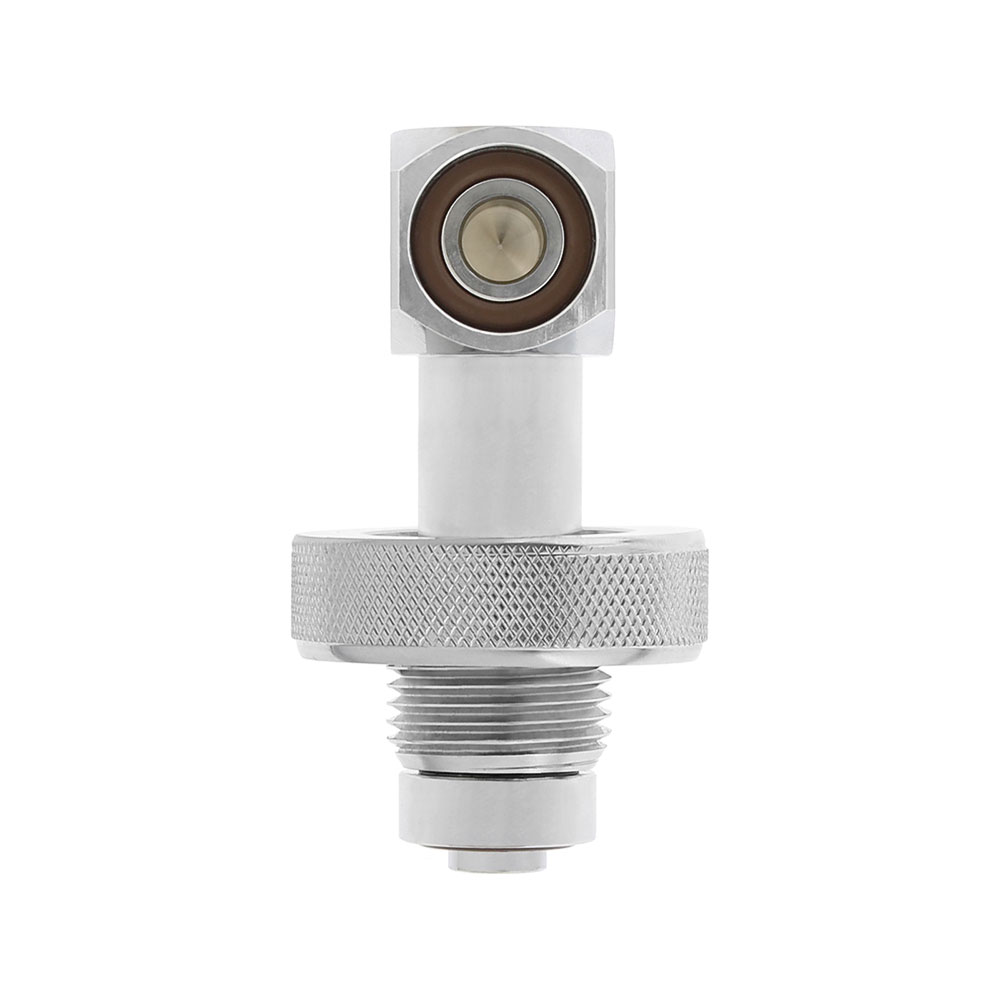Thanks in advance.
I'm a physician and surgeon looking for adapter to allow me to connect my regulator to a medical O2 tank.
I plan on using it to dive to a depth of 30 ft (in a 15 mile radius of my house there are more than 12 fresh water springs that meet that criteria), and sit on the bottom for 30 minutes, twice a week.
During my training in my specialty we used hyperbaric O2 to lower intra-cranial pressure in head injuries....and it worked! That is, it worked until you took them out of the hyperbaric chamber, and then the ICP shot back up to abnormal levels.
That's not why I'm using it in this case.
I'm getting the feeling I'll need to make one myself on the lathe: brass "coin" about 4mm thick, 3-4mm male protrusion for the female O2 valve receptacle, and female recess (O-ring) for the SCUBA regulator.
I'm a little surprised no one is manufacturing these.
I'm quite aware of the risks with pure O2 (and firearms, and alcohol, and motorcycles, etc)....they kind of pale in comparison in the types of risks that are seen for surgery in my specialty. I trust myself to use it responsibly.
I'm a physician and surgeon looking for adapter to allow me to connect my regulator to a medical O2 tank.
I plan on using it to dive to a depth of 30 ft (in a 15 mile radius of my house there are more than 12 fresh water springs that meet that criteria), and sit on the bottom for 30 minutes, twice a week.
During my training in my specialty we used hyperbaric O2 to lower intra-cranial pressure in head injuries....and it worked! That is, it worked until you took them out of the hyperbaric chamber, and then the ICP shot back up to abnormal levels.
That's not why I'm using it in this case.
I'm getting the feeling I'll need to make one myself on the lathe: brass "coin" about 4mm thick, 3-4mm male protrusion for the female O2 valve receptacle, and female recess (O-ring) for the SCUBA regulator.
I'm a little surprised no one is manufacturing these.
I'm quite aware of the risks with pure O2 (and firearms, and alcohol, and motorcycles, etc)....they kind of pale in comparison in the types of risks that are seen for surgery in my specialty. I trust myself to use it responsibly.







